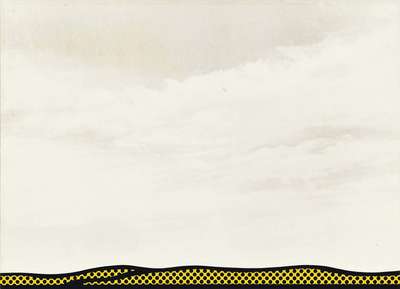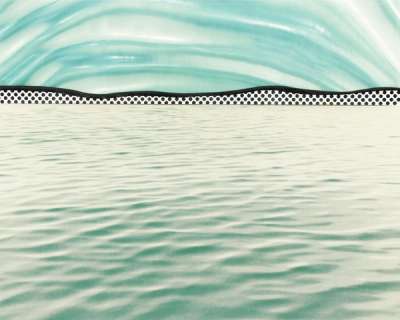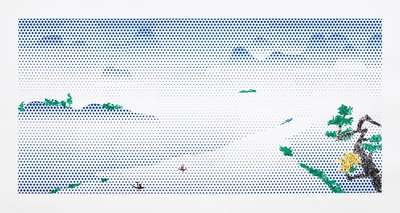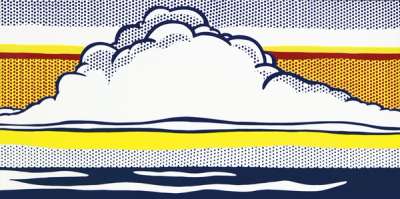
Landscape With Poet

Landscape With Poet
Signed Print
Roy Lichtenstein
£50,000-£80,000Value Indicator
$100,000-$160,000 Value Indicator
$90,000-$140,000 Value Indicator
¥460,000-¥730,000 Value Indicator
€60,000-€100,000 Value Indicator
$490,000-$790,000 Value Indicator
¥9,430,000-¥15,090,000 Value Indicator
$60,000-$100,000 Value Indicator
AAGR (5 years) This estimate blends recent public auction records with our own private sale data and network demand.
There aren't enough data points on this work for a comprehensive result. Please speak to a specialist by making an enquiry.
Medium: Planographic print
Edition size: 60
Year: 1996
Size: H 213cm x W 76cm
Signed: Yes
Format: Signed Print
TradingFloor
Track this artwork in realtime
Watch artwork, manage valuations, track your portfolio and return against your collection
Track auction value trend
Auction Results
| Auction Date | Auction House | Location | Hammer Price | Return to Seller | Buyer Paid |
|---|---|---|---|---|---|
| April 2023 | Phillips New York | United States | |||
| May 2013 | Christie's New York | United States | |||
| April 2010 | Sotheby's New York | United States |
Meaning & Analysis
Roy Lichtenstein’s intricate Landscapes, Moonscapes and Seascapes span over thirty years of his career. Time and time again, the artist would return to this innovative sequence to revise the means of landscape painting. As a result, his extensive project features several autonomous portfolios and editions.
Landscape with Poet is a testament to Lichtenstein’s creative singularity. Executed in 1996, the print belongs to a serene portfolio titled Landscapes in the Chinese Style. The grouping examines the atmospheric style of Chinese Master painters.
Landscape with Poet’s vertical landscape is anchored in the calligraphic green foliage rooted on the left-hand side of the composition. Lichtenstein employs concentrated areas of dots throughout the scene to evoke dimension. A figure is perched below the branches, situated on a grey cliff overlooking an expansive yellow mountainscape. Down below, in a quiet valley, a misty body of water rests at the foot of the rolling hills.
This print introduces a calculated interpretation of the landscape genre, while also offering a sophisticated deconstruction of generalised Eastern motifs. The work encompasses opposing forces, uniting the conventional and the modern; the hand-made and the machine-made. Lichtenstein here also considers modes of representation and seeing, ideas he previously explored in his Haystacks and Cathedral series.



















